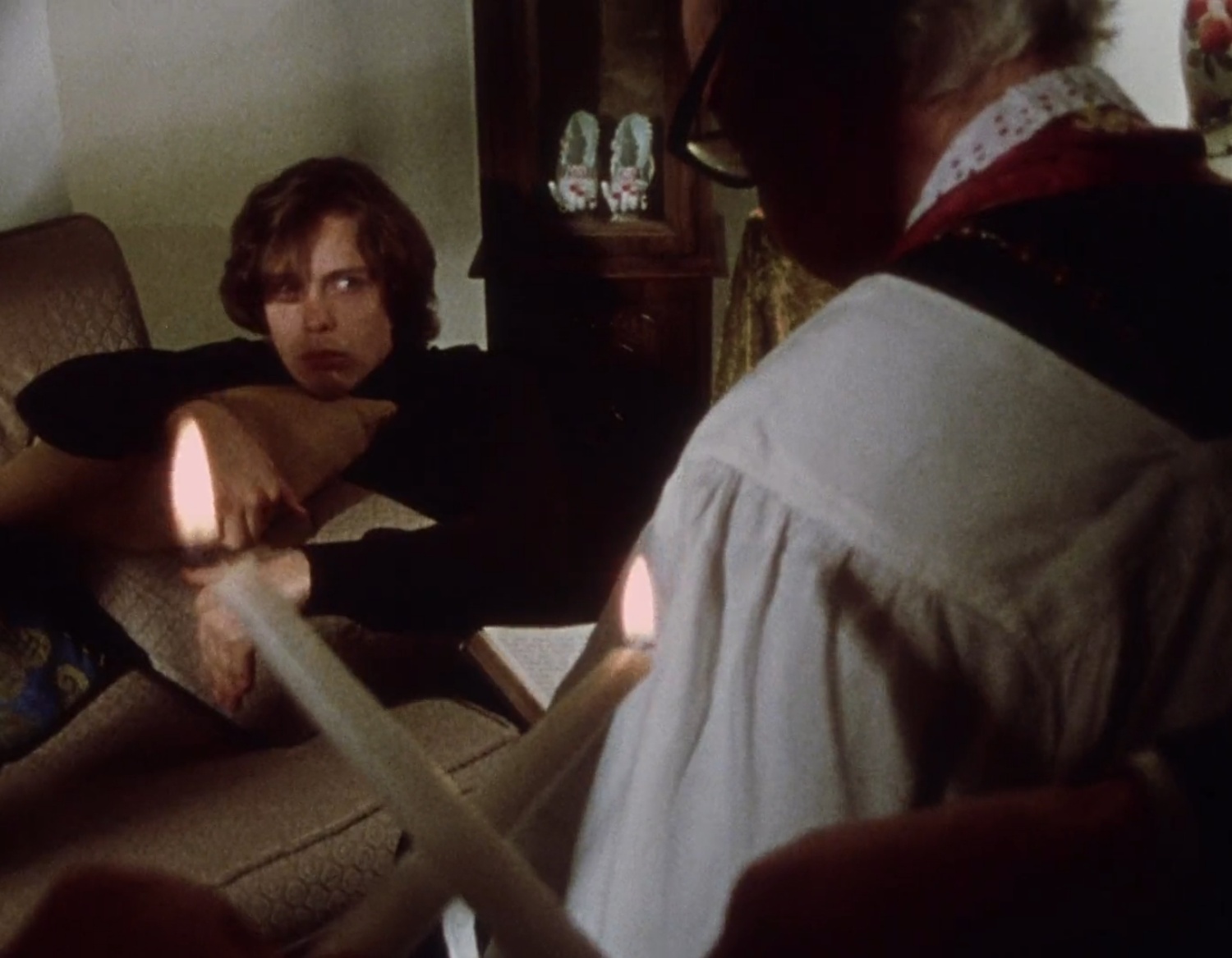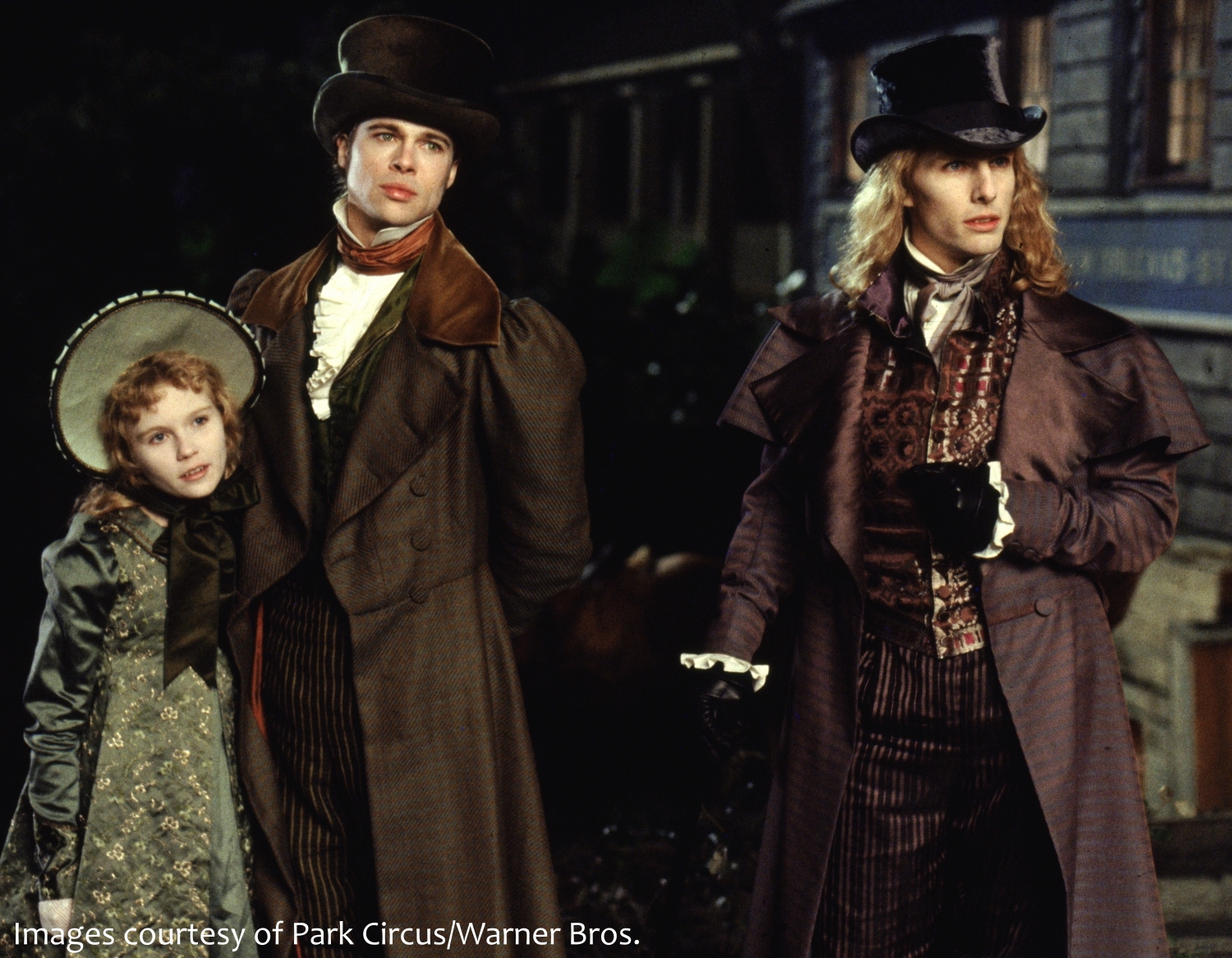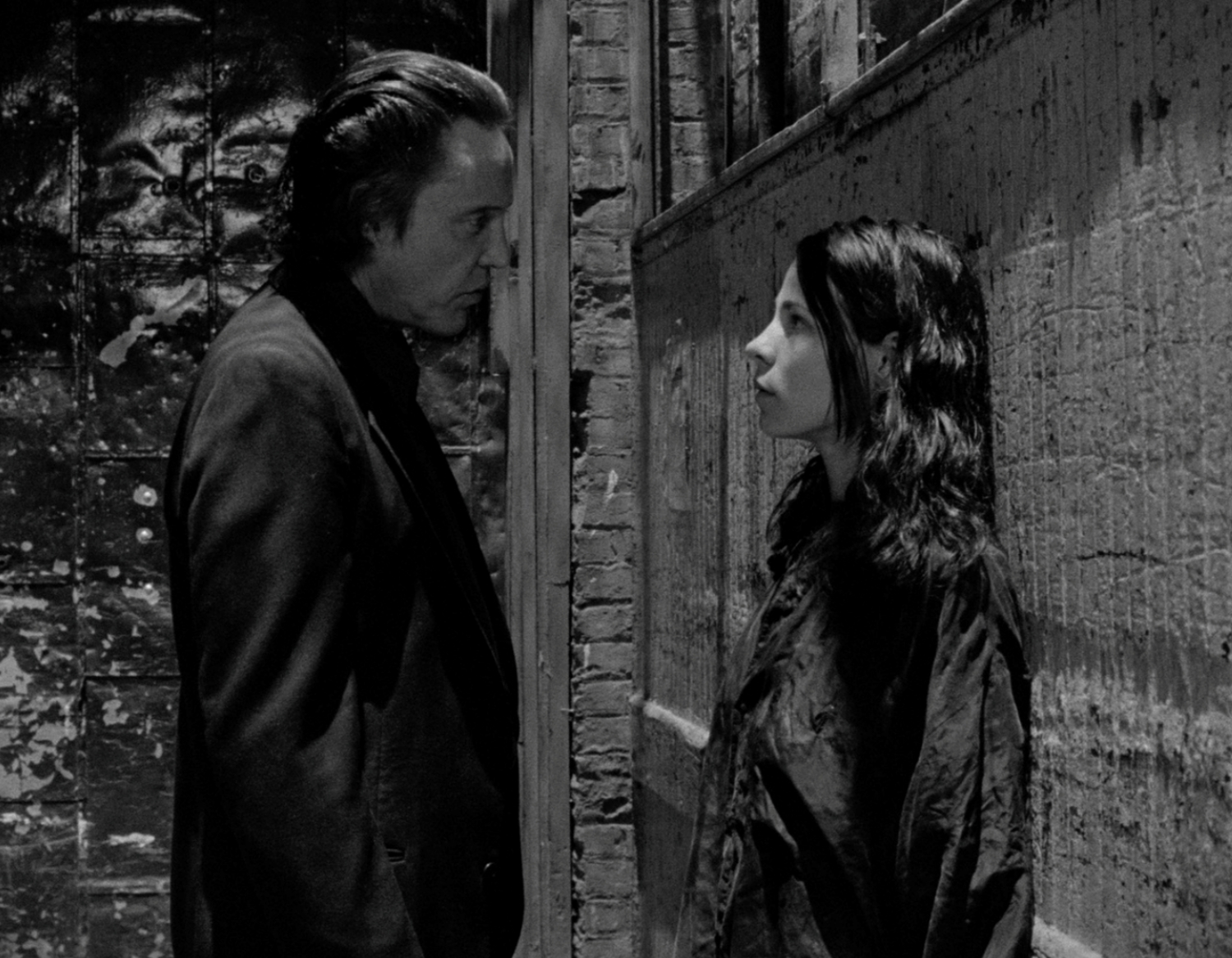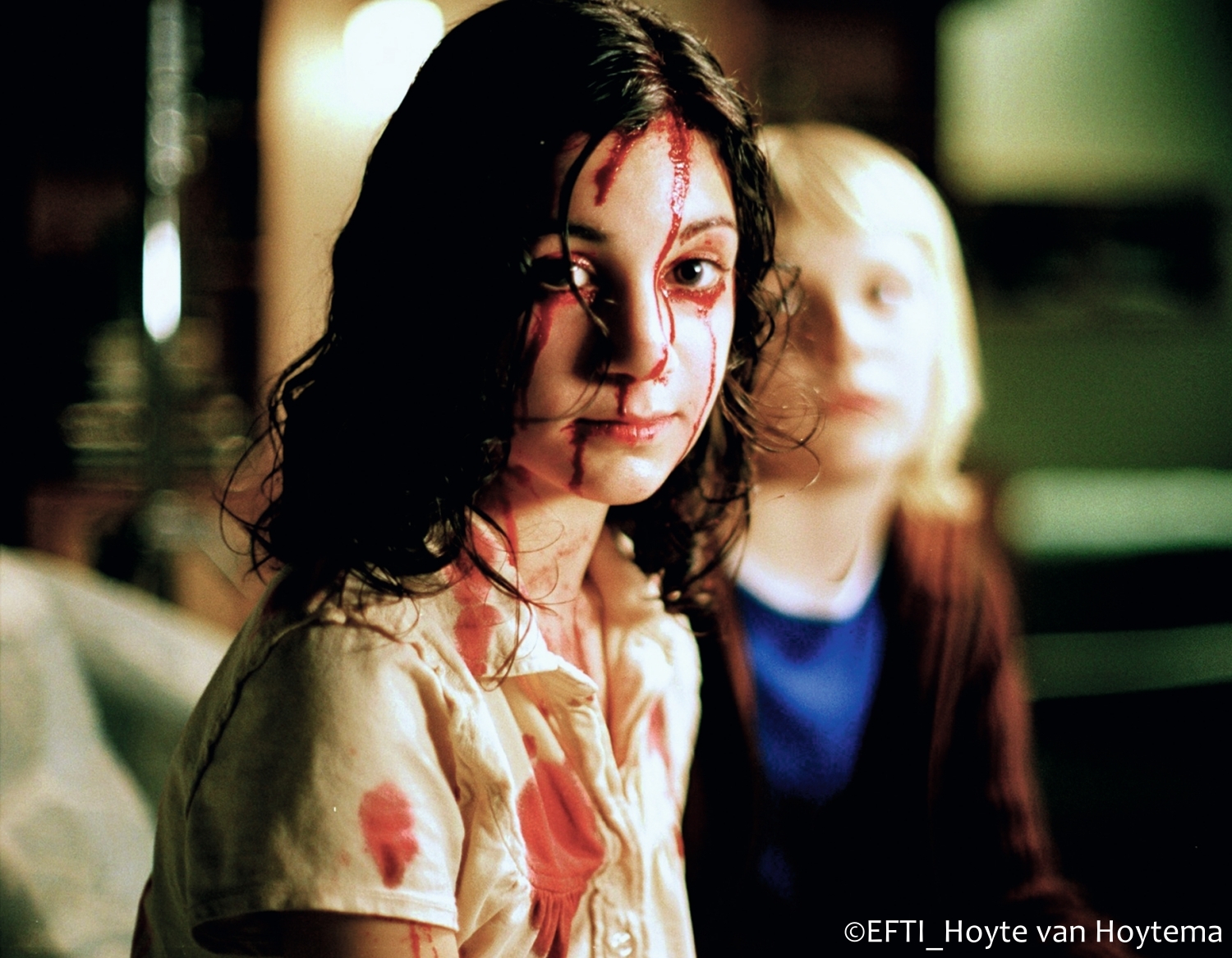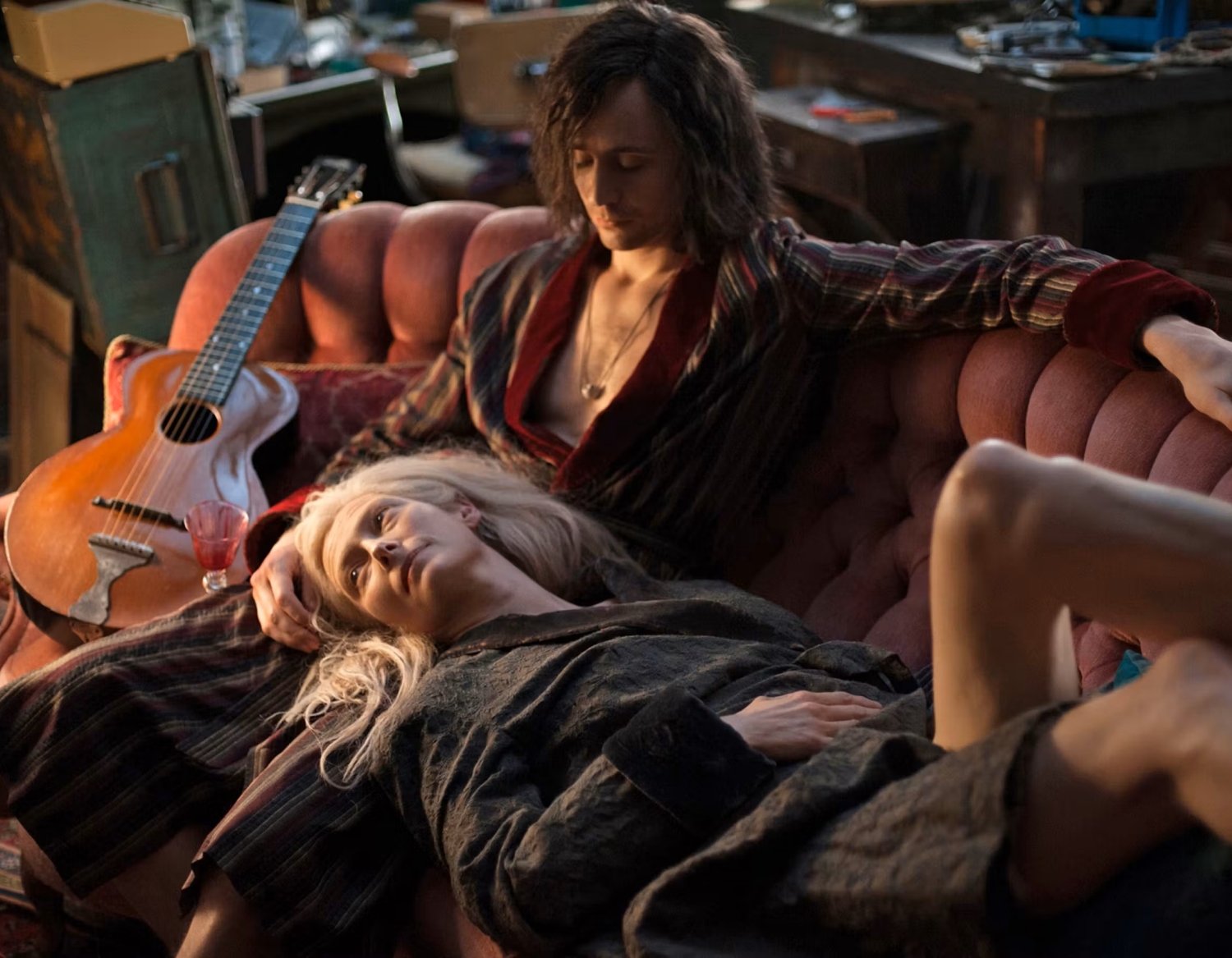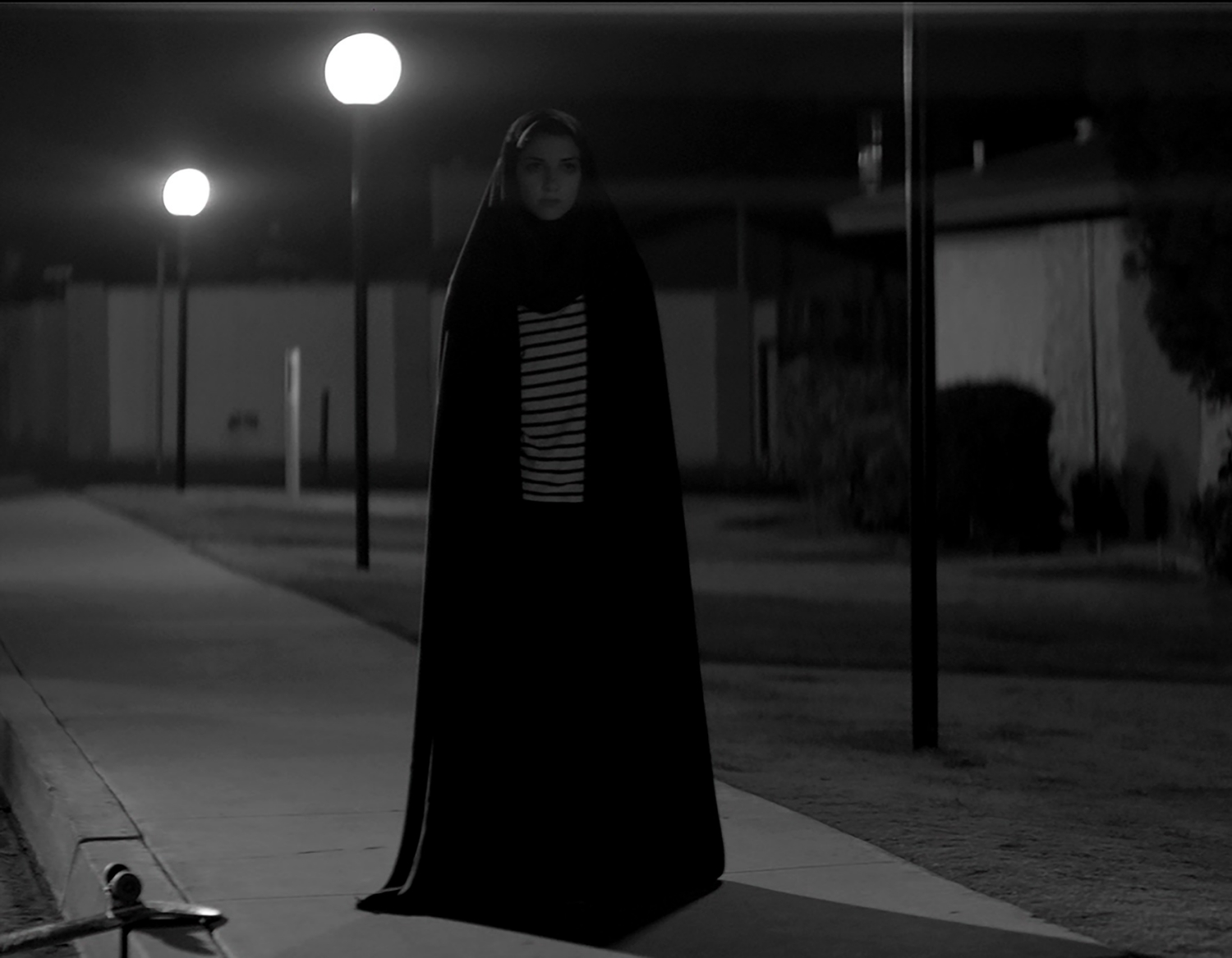Programme
Long Live Vampire Films! – A Heritage of Vampire Horror
Supernatural, shapeshifting, and immortal, vampire reigns over the world of darkness, drinking human blood to feed off their souls. Its myth has captured the popular imagination for centuries, and our collective obsession with the undead never dies.
Owing its origins to ancient Slavic folklore, the vampire myth, with all its mysticism and taboos, has become a source of inspiration for literature. Thanks to Bram Stoker’s 1897 novel Dracula , Gothic stories of the blood-lust monsters gripped the public's fascination, and was further popularised by F. W. Murnau’s silent classic Nosferatu in 1922, which is hailed as a landmark in horror cinema, setting the stage for vampires to be conceived as terrifying predators in haunting poetry and an expressionist fantasy.
The prince of darkness’ transgressive, ever-changing nature allows freedom for inventive cinematic experiments. The mesmerising visual and aural flash of Tony Scott, and the dark fairytale aesthetics of Guillermo del Toro made an auspicious start with the demonic legend. Adapting to reflect societal changes and cultural shifts, vampire narratives have evolved dramatically, taking on diverse representations and metaphors over the centuries – reflecting on historical atrocities and philosophical dialectics; exploring human contradictions and inner loneliness; and portraying crisis of faith and moral dilemmas. Subverting genres, vampirism embraces social critiques and satirical humour, and the Count in Sesame Street can even teach counting skills to children!
The evolution of vampires in popular culture illustrates their adaptability as symbols reflecting human fears, desires, and fantasies. From monstrous predators to debonair aristocrats (immortalised by Bela Lugosi and Christopher Lee), from brooding teenagers to romantic heroes (exemplified by David Bowie, Brad Pitt, and Robert Pattinson), the enigmatic creatures have continuously transformed to captivate audiences across generations.
Vampirism emerged during times of plague, and persists as a haunting symbol of sexuality in its most dangerous forms. While the charismatic seducer is metaphorically aligned with toxic masculinity and male oppression, feminism did take its stand in the underworld, as seen in the ahead-of-its-time portrayal in Joseph Sheridan Le Fanu’s 1872 novella Carmilla. Catherine Deneuve, Lili Taylor, and Tilda Swinton are female vampires empowered to reclaim their sexual autonomy, defang patriarchy, and even boldly embrace queerness. With the dual identity as a predator and a victim, the characterisation of female vampires opens up a deeper and more complex exploration of gender dynamics.
Evoking age-old mystery while acquiring modernity, the undead continues to be rejuvenated with new vitality in cinema. Long live the vampires!

